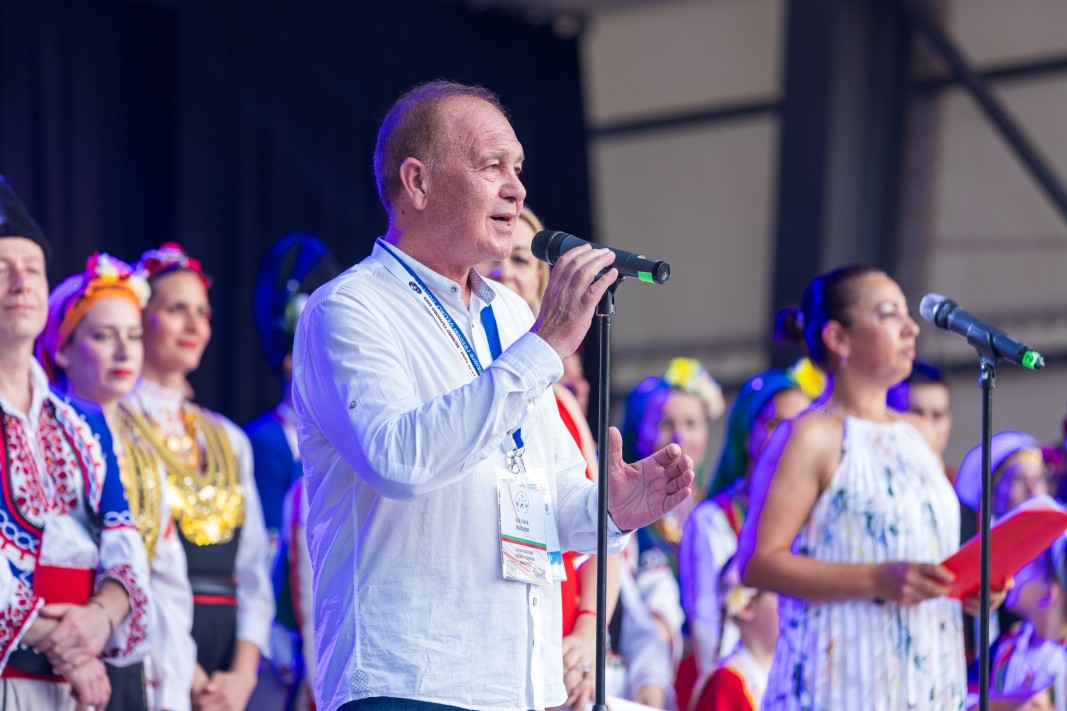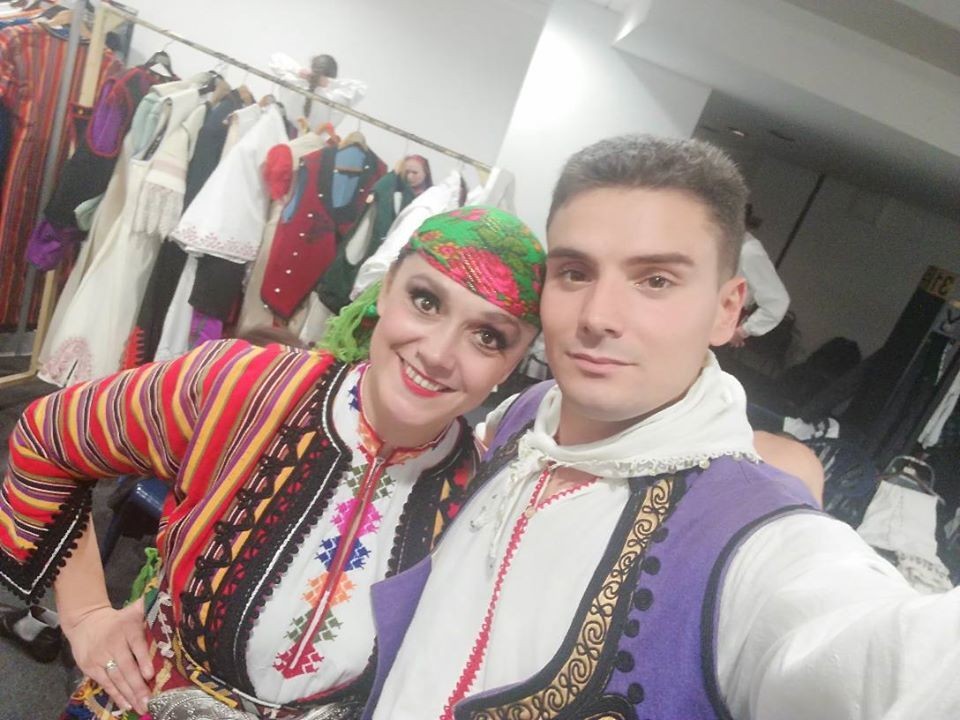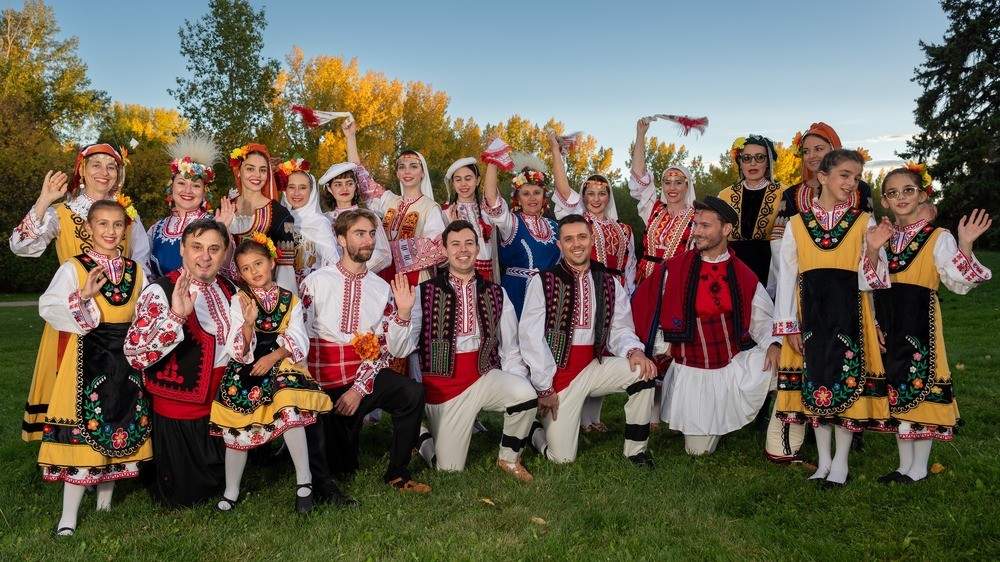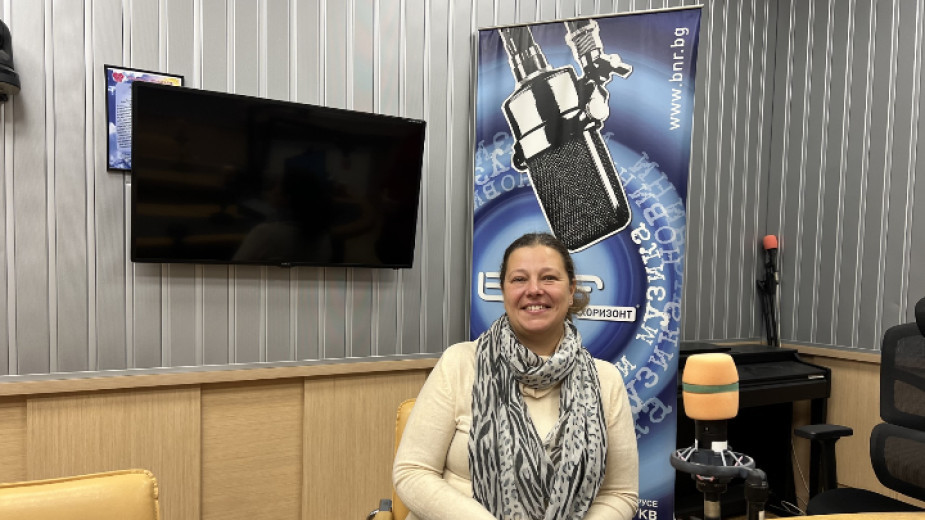On 22 November, the Association of Bulgarian Folk Ensembles Abroad (ABFEA) will present its project, 'Online Catalogue of Bulgarian Horo and Other Dances', in three European cities: Lyon, Munich and Copenhagen.
'Our goal is to preserve Bulgarian traditions and folklore, which is why we wanted to create a catalogue of traditional dances to preserve for future generations,' says Plamen Petkov, an ABFEA member and director of the Lazarka Ensemble in Munich.

'We had this idea for many years as we recognised the need for a catalogue to help dance groups abroad teach Bulgarian folk dances. While some leaders of folklore ensembles may find the steps easy, for most people with different professional backgrounds, this would be a useful aid in their work with dance troupes," Plamen Petkov explained to Radio Bulgaria.
The catalogue contains 11 horo dances, each accompanied by a brief description of their origin in a specific Bulgarian folklore region and an explanation of the steps, presented in a way that is accessible to a general audience.

The catalogue's presentation in Lyon will be paired with a seminar led by the Bulgarian choreographer Borislav Mutafchiyski, offering dancers from the folk ensemble Ot Izvora and audience members alike another inspiring encounter with Bulgarian rhythms.
The unique tour to present the catalogue continues on 2 December in Guildford, England and on 6 December in Milan, Italy, where the hosts will be the dancers from the Nashentsi folk group, founded by Radoslava Nedyalkova.
The new catalogue will also be useful for preparing Bulgarian dance groups around the world for the 11th edition of the travelling festival Na Megdana na Drugata Bulgaria (On the Village Square of the Other Bulgaria). Taking place from 15 to 17 May in Munich, the Lazarka ensemble's director explains:

'The collection was created as part of a project funded by the National Culture Fund, and we are required to present the results. Additionally, we want to introduce the horo dances in advance, so the ensembles can learn the steps and prepare for the festival. We will be highlighting some of the horos, which we expect will be performed in the square.'

Plamen Petkov thanked Julia Popcheva from the Institute of Ethnology and Folklore Studies with the Ethnographic Museum at the Bulgarian Academy of Sciences, as well as Antoaneta Asenova, the deputy director of the National School of Dance Arts in Sofia. They were both very helpful in selecting and presenting the horo dances. If interest in the collection meets expectations, Plamen Petkov promised that the Association of Bulgarian Folk Ensembles Abroad will publish a second part, as there is still a wealth of dance to be presented.
Editor: Elena Karkalanova
Posted in English by E. Radkova
Photos: ABFEA, BNR-Blagoevgrad, Nashentsi Folklore ensemble, Yuliana Kornazheva
The heart and rhythm of the Bulgarian spirit – with these words we can metaphorically define the National Festival of Bulgarian Folklore. Traditionally, since the distant 1965, the event has been organized once every five years on the first weekend of..
The number of Bulgarian folk dance ensembles abroad is growing and, alongside Bulgarian schools, they are among the key centres that unite compatriots overseas and preserve their connection to their roots. Recently, some of these dance troupes returned..
A Bulgarian amateur folk choir based in Italy has returned to Bulgaria for its debut performance before a home audience. Most members of the choir, named Beli Rozi (White Roses) , have lived in the southern Italian city of Pescara for over a decade...

+359 2 9336 661
